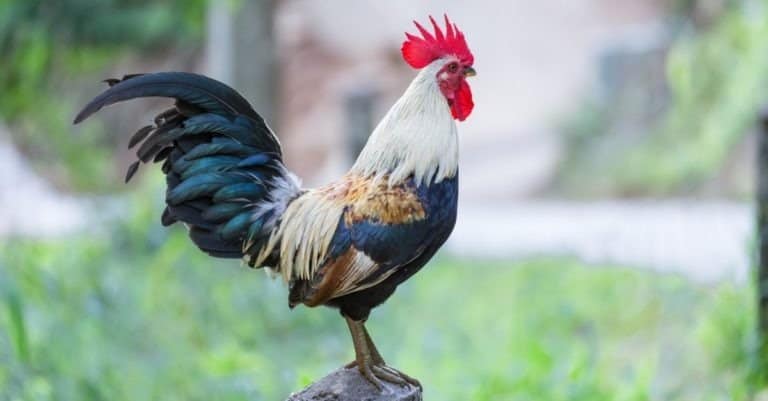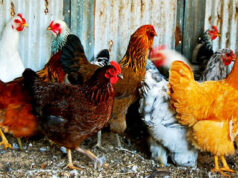Welcome to our comprehensive guide on Gumboro disease in chicken. We are delighted to bring you all the crucial information about this significant poultry health issue. If you are a poultry enthusiast, understanding Gumboro disease, also known as Infectious Bursal Disease (IBD), is essential for keeping your flock healthy and thriving.

Introduction to Gumboro Disease
Gumboro disease is an infectious viral disease that primarily affects young chickens. It targets the bursa of Fabricius, an important organ in the immune system of birds, leading to immunosuppression and higher susceptibility to other infections. Chickens between the ages of 3 to 6 weeks are most vulnerable to this disease.
The Virus Behind Gumboro Disease
The cause of Gumboro disease is the Infectious Bursal Disease Virus (IBDV). This virus is highly resistant to environmental factors and can survive for extended periods in poultry houses, making it challenging to eradicate once established.

Symptoms of Gumboro Disease in Chickens
Recognizing the symptoms of Gumboro disease is crucial for early detection and management. The symptoms include:
- Ruffled feathers
- Diarrhea (often watery and white)
- Lethargy and depression
- Sudden death in severe cases
- Swollen bursa of Fabricius

Transmission and Spread of Gumboro Disease
Gumboro disease spreads through direct contact between infected and healthy chickens, as well as through contaminated equipment, feed, and water. The virus can also be transmitted via airborne particles, making it highly contagious within poultry flocks.

Diagnosis of Gumboro Disease
Clinical Examination
A veterinarian will perform a clinical examination, looking for characteristic symptoms such as swelling of the bursa and signs of immunosuppression.
Laboratory Testing
Definitive diagnosis is usually confirmed through laboratory tests such as ELISA, virus isolation, and PCR to detect the presence of IBDV.
Prevention and Control of Gumboro Disease
Vaccination
Vaccination is the most effective method to prevent Gumboro disease. Vaccines are usually administered to chicks between 10 and 21 days old. Consult with a veterinarian for the most appropriate vaccination strategy for your flock.
Biosecurity Measures
Implementing strict biosecurity measures is crucial in preventing the spread of the virus. These measures include:
- Regular cleaning and disinfection of poultry houses
- Isolating new birds before introducing them to the main flock
- Controlling access to poultry areas to limit exposure to pathogens
Treatment of Infected Birds
There is no specific treatment for Gumboro disease. Supportive care, including providing clean water, high-quality feed, and maintaining a stress-free environment, can help improve the survival rates of infected chickens.
Impact of Gumboro Disease on Poultry Farming
The economic impact of Gumboro disease on poultry farming can be substantial. It leads to decreased growth rates, higher mortality, and increased susceptibility to secondary infections, all of which can significantly lower productivity and profitability.
External Resources on Gumboro Disease
For more in-depth information, you can refer to this detailed guide on Gumboro disease from Penn State Extension.
Related Articles to Chicken Health
For further insights into chicken health, check out these related articles:
FAQs About Gumboro Disease
What are the early signs of Gumboro disease?
Early signs include ruffled feathers, lethargy, and diarrhea.
Can Gumboro disease affect other animals?
No, Gumboro disease is specific to chickens.
How effective is vaccination?
Vaccination is highly effective in preventing Gumboro disease when administered correctly.
As an Amazon Associate, I earn from qualifying purchases.










